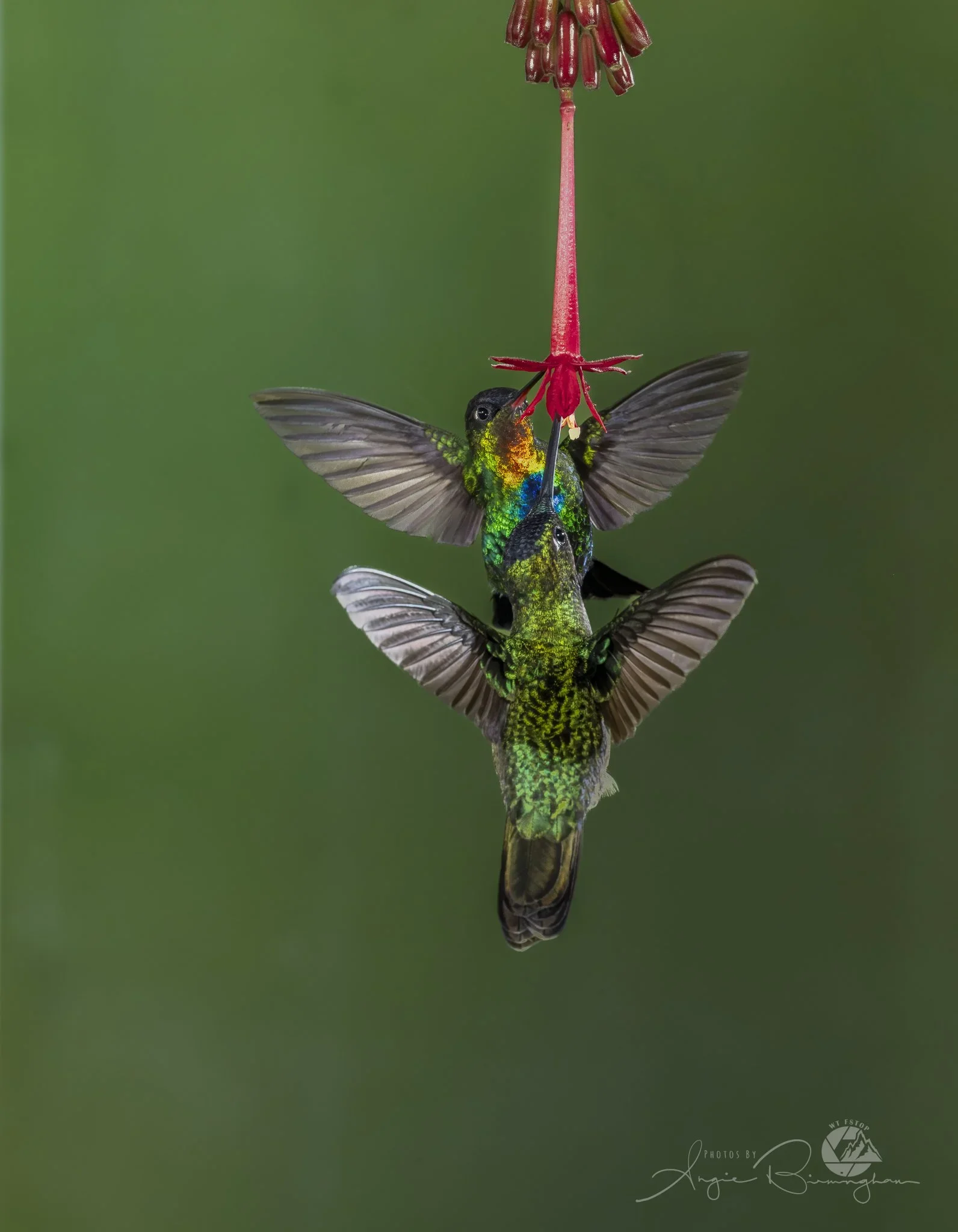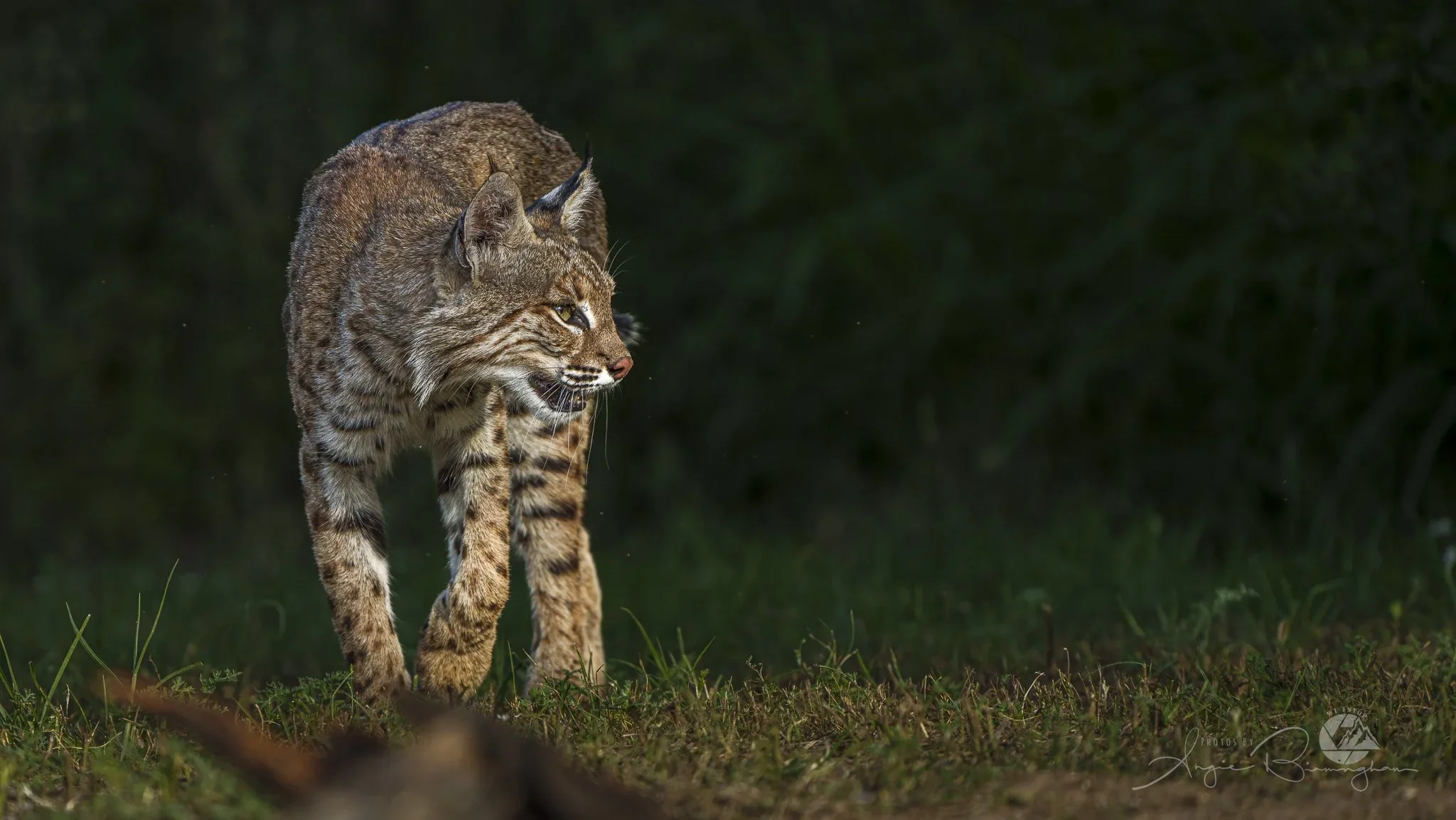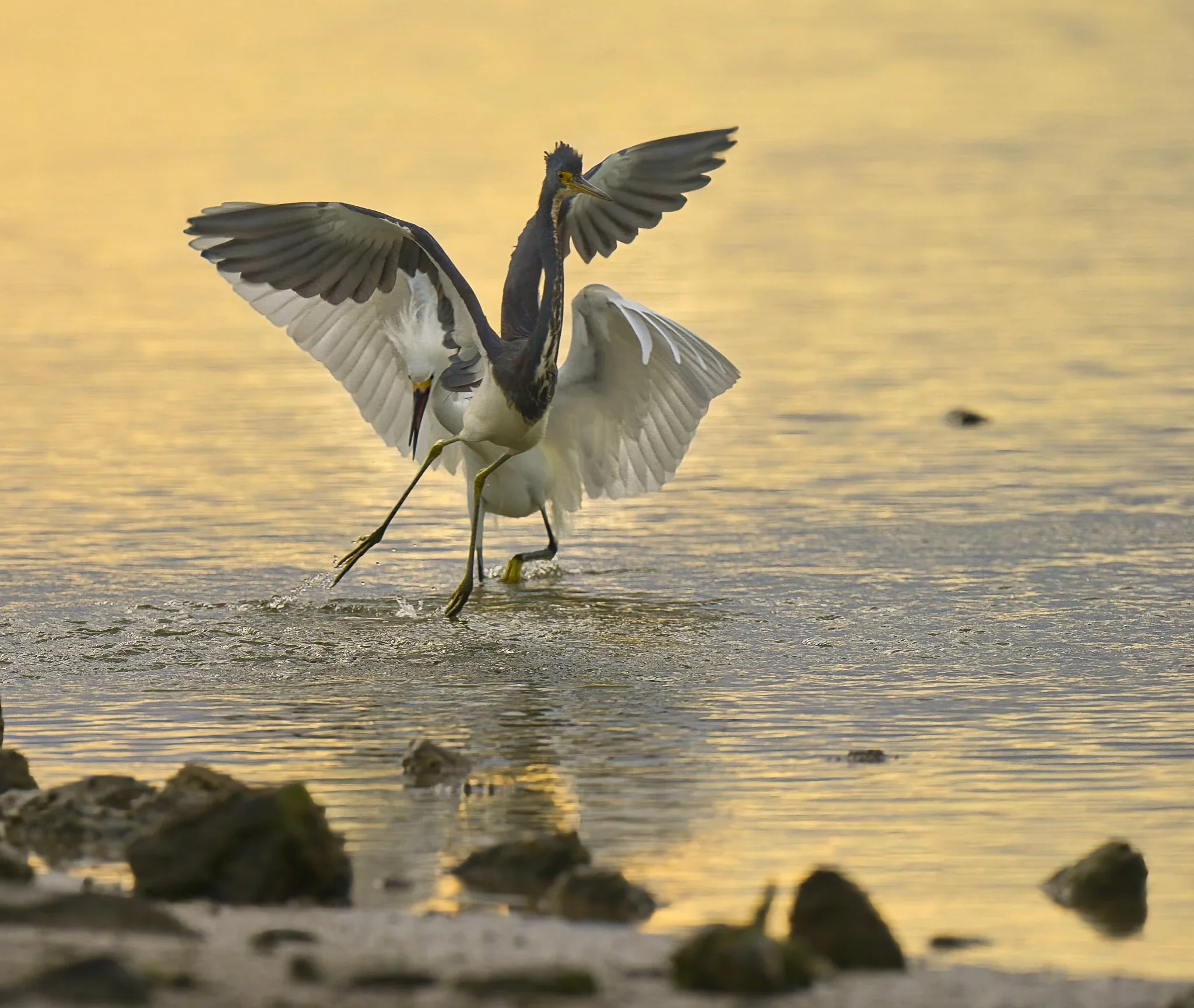7 Field Technique Hacks for Better Wildlife Photos
Let's be honest: we've all been there. Scrolling through stunning wildlife photos online, immediately thinking "I need that $3,000 lens" or "If only I had a better camera body." But here's the truth that might surprise you: the most dramatic improvements in your wildlife photography come from mastering field techniques, not upgrading your gear.
After years of guiding photographers through workshops and watching countless students transform their images overnight, I can confidently say that technique beats expensive equipment every single time. These seven field hacks will revolutionize your wildlife photography without spending a penny on new gear.
Hack #1: Stop Chasing: Start Positioning Like a Pro
The biggest rookie mistake? Trying to sneak up on animals or following them around hoping for the perfect shot. This approach is exhausting, frustrating, and rarely produces great images. Animals have incredibly sharp senses and will detect you long before you get close enough for compelling photographs.
Here's what experienced wildlife photographers do instead: position yourself strategically ahead of your subject and let them come to you. Walk in a wide arc around the animal and find a spot where they're likely to move. Then sit down, stay still, and wait patiently.
This technique works because you're working with animal behavior rather than against it. Deer have regular feeding patterns, birds follow predictable flight paths, and most wildlife moves through familiar territories. When you position yourself in their path and remain motionless, you become part of the environment rather than a threat.
For particularly shy species, consider basic camouflage clothing or a simple blind. But often, simply sitting still is enough: most animals will gradually accept your presence if you don't make sudden movements.
Hack #2: Drop to Eye Level for Instant Impact
Want to transform your images immediately? Get down to your subject's eye level. This single change creates intimate, engaging photographs that draw viewers in and establish an emotional connection with the animal.
Shooting from eye level requires getting your elbows dirty and your knees muddy, but the results are absolutely worth it. When you photograph at the same level as your subject, you create a sense of equality and intimacy that's impossible to achieve from a standing position.
There's an added technical benefit too: shooting at eye level places the background much farther away, making it significantly easier to achieve those smooth, creamy out-of-focus backgrounds that make your subject pop. You might discover capabilities in your current lens that you never knew existed!
Try this exercise: photograph the same bird or small mammal from three different heights: standing, crouching, and lying flat. The difference will amaze you.
Hack #3: Capture Stories, Not Just Portraits
Stop filling your hard drive with thousands of nearly identical animal portraits. Instead, focus on photographing gestures, interactions, and behaviors that tell compelling stories.
Wait for those magical moments when birds stretch their wings, animals interact with their young, or predators display hunting behaviors. These action shots create narrative and emotional depth that static portraits simply can't match.
This approach requires patience, but it dramatically increases your keeper rate. Instead of having 500 similar-looking photos of a deer standing in a field, you'll have a handful of images that capture the essence of wildlife behavior.
Start by observing your subjects for several minutes before raising your camera. Notice their patterns, behaviors, and interactions. Then position yourself to capture these moments as they unfold naturally.
Hack #4: Master the Magic of Golden Hour
Here's a simple truth: amazing light creates amazing photographs. No amount of expensive gear can compensate for harsh, unflattering light, while even basic equipment can produce stunning results during golden hour.
Get up early and photograph during the first hour after sunrise when light sits low in the sky, creates warm tones, and often produces atmospheric fog. This timing transforms ordinary scenes into magical moments.
Don't just think front-lighting either. Some of the most dramatic wildlife images are backlit, creating rim lighting that makes animals glow against darker backgrounds. Experiment with side-lighting for dramatic shadows and texture, or try shooting into the light for silhouettes.
The key is positioning yourself intentionally according to the light you want, not just wherever you happen to find the animal. Sometimes this means arriving at locations before dawn to be in position when both the light and the wildlife cooperate.
Hack #5: Know Your Camera Like Your Best Friend
You absolutely must be able to change camera settings without fumbling around with buttons and menus. While you're searching for the right control, magical moments disappear forever.
Spend dedicated time learning your camera's controls until operating it becomes instinctive. Practice changing aperture, shutter speed, ISO, and focus modes with your eyes closed. Know exactly which buttons control exposure compensation, focus point selection, and drive modes.
This preparation pays massive dividends in the field when lighting changes rapidly or animals start displaying interesting behaviors. You need to react quickly and confidently, making technical adjustments while keeping your attention on the unfolding scene.
Create muscle memory by practicing these adjustments at home. The investment of a few hours will improve your success rate dramatically during every future shoot.
Hack #6: Commit to One Subject for Extended Sessions
Instead of rushing around trying to photograph every species you encounter, spend extended time with a single subject. This approach allows you to witness the full range of an animal's behaviors and capture the variety that creates compelling portfolios.
When you commit to one subject, you start noticing subtle behaviors, expressions, and interactions that reveal themselves only through patient observation. You'll discover that what seemed like a boring subject actually offers incredible photographic opportunities.
This technique is particularly effective during photography workshops and field sessions. Rather than checking species off a mental bucket list, dive deep into understanding one animal's patterns, personality, and photographic potential.
The stories lie in these extended interactions: the gestures, the relationships, the quiet moments between action. These are the images that stand out from the thousands of quick portraits flooding social media.
Hack #7: Increase Your Time in the Field
The most impactful technique requires no money but demands your most valuable resource: time. The secret to improving dramatically is simply shooting more often.
Even when you're tired, the weather looks questionable, or conditions seem less than perfect, get out anyway. Bad weather often provides the most dramatic lighting and atmospheric conditions. Rain creates reflections, overcast skies provide even lighting for forest photography, and stormy conditions can produce incredible backgrounds.
Success in wildlife photography correlates directly with time invested in the field. More field time means more practice with your camera controls, more opportunities to encounter interesting behaviors, and more chances to be in the right place when extraordinary moments unfold.
Make photography a priority by scheduling regular field sessions just like any other important commitment. Even short sessions close to home will improve your skills faster than occasional day-long expeditions to distant locations.
Your Next Steps Forward
These seven techniques will transform your wildlife photography more dramatically than any gear upgrade ever could. Start by choosing one hack that resonates most with you and focus on mastering it during your next few outings.
Remember, great wildlife photography is about patience, observation, and respect for your subjects. The animals always come first: ethical wildlife photography means never disturbing or stressing animals for the sake of a photograph.
Ready to put these techniques into practice? Consider joining us for our upcoming wildlife photography workshops where you can practice these field techniques with expert guidance in some of Texas's most productive wildlife locations.
The gear will always be there when you're ready to upgrade, but these field techniques will serve you regardless of what camera you're holding. Master these fundamentals, and you'll be amazed at what you can achieve with the equipment you already own.





